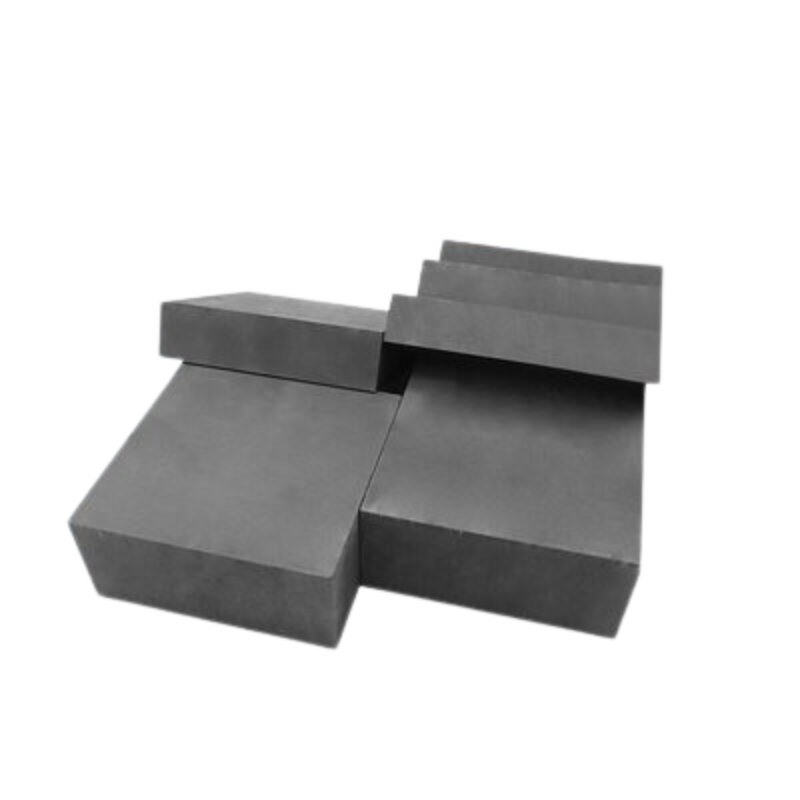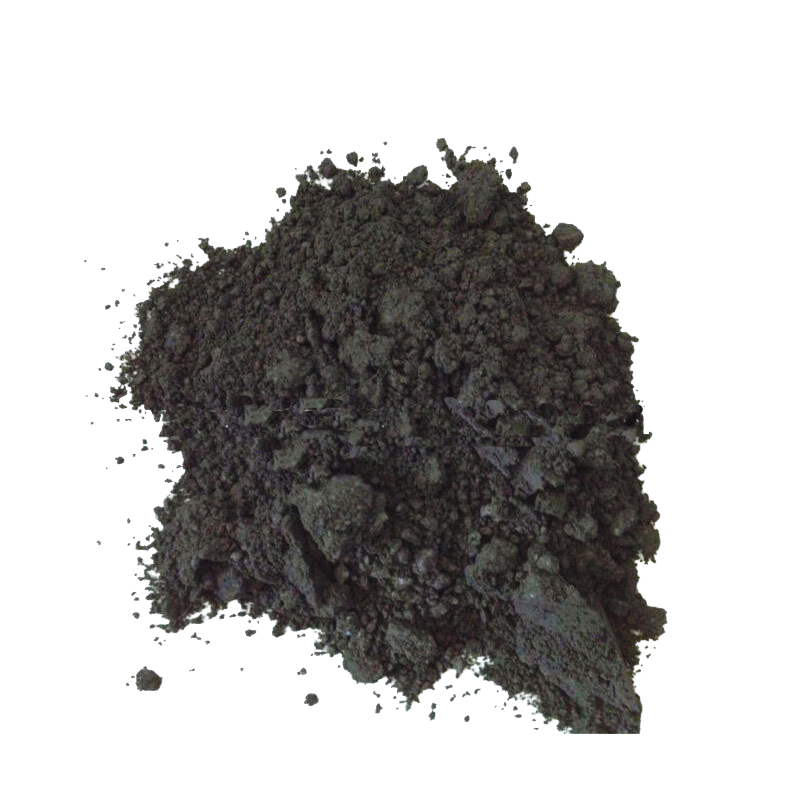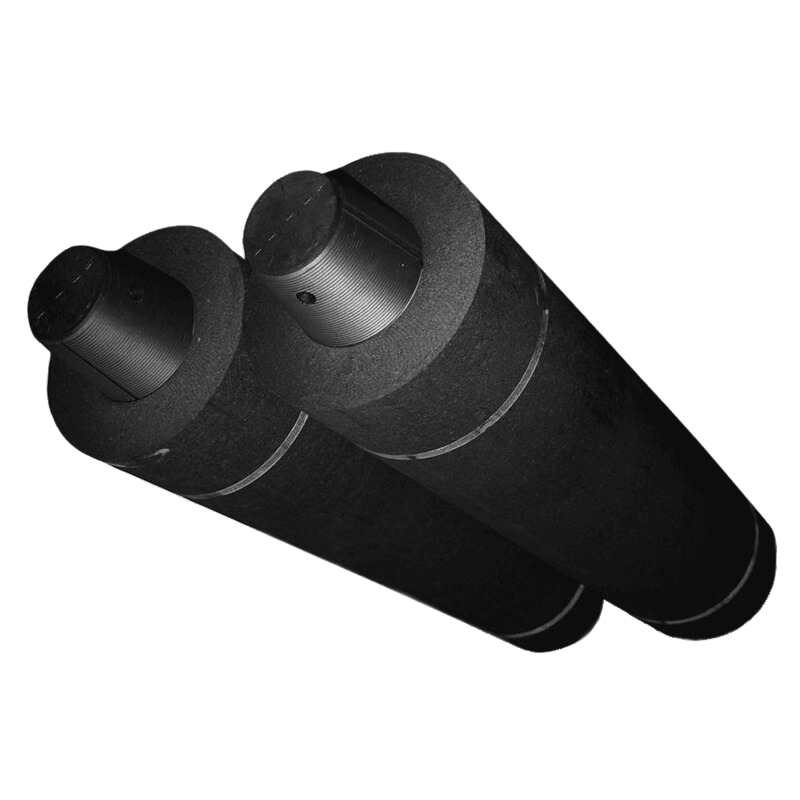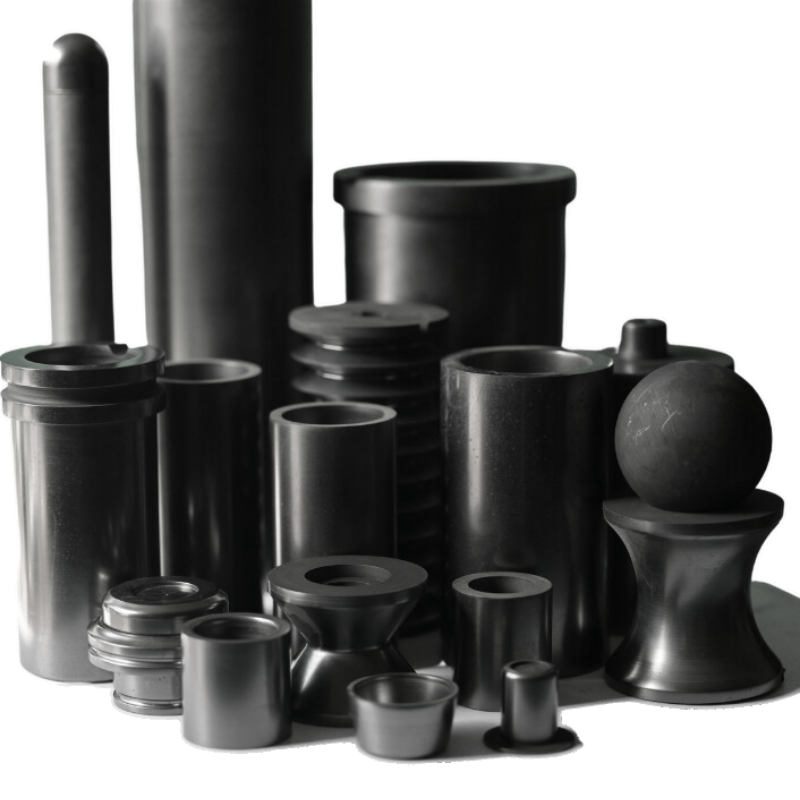Graphite boards, known for their excellent thermal conductivity and mechanical properties, find wide applications in various industrial sectors. The types of processing and application methods for graphite boards depend on specific requirements and usage scenarios. Below are some common types of graphite board processing and their application methods:
1. Cutting and Trimming:
- Type: Utilizes conventional mechanical cutting tools such as saw blades and knives.
- Application Method: Used for trimming graphite boards to meet specific size and shape requirements, particularly valuable in manufacturing customized components.
2. CNC Machining:
- Type: Involves milling, drilling, turning, etc., using CNC machine tools.
- Application Method: Ideal for manufacturing high-precision, complex-shaped components like electrodes and molds. CNC machining allows for fine surface finishing and the production of intricate structures.
3. Grinding and Polishing:
- Type: Uses grinding machinery or polishing tools.
- Application Method: Employed to enhance the smoothness and glossiness of the graphite board surface. This is useful in applications where a high-quality surface finish is essential, such as in the optical field.
4. Drilling and Tapping:
- Type: Involves hole drilling using drill presses or drilling tools, and threading using tapping tools.
- Application Method: Applied in the manufacturing of graphite board components requiring holes or threads, such as battery negative plates.
5. Electrical Discharge Machining (EDM):
- Type: Utilizes EDM machines for precision machining using electrical discharges.
- Application Method: Employed in manufacturing high-precision graphite electrodes. EDM allows for the precise replication of detailed designs.
6. Coating and Surface Treatment:
- Type: Applies special coatings or undergoes chemical treatments on the graphite board surface.
- Application Method: Used to improve specific properties of the graphite board, such as enhancing oxidation resistance or increasing corrosion resistance, meeting specific industrial requirements.
7. Assembly and Bonding:
- Type: Involves assembly using adhesives, bolts, etc.
- Application Method: Suitable for manufacturing products requiring the assembly of multiple graphite board components, such as heating elements or thermal modules.
8. Laser Cutting:
- Type: Utilizes laser cutting equipment for precision cutting.
- Application Method: Applied in the manufacturing of small-sized, high-precision components like graphite gaskets or sealing rings.
Application Areas:
- Battery Manufacturing: Graphite boards are commonly used in the production of battery negative plates due to their high electrical and thermal conductivity.
- High-Temperature Furnace Linings: Widely applied in the manufacturing of high-temperature furnace linings, where their high-temperature resistance makes them essential components in heat treatment equipment.
- Mold Manufacturing: Graphite boards are utilized for mold manufacturing, including die-casting molds and injection molds, owing to their high wear resistance and temperature tolerance.
- Thermal Conductive Materials: Due to their exceptional thermal conductivity, graphite boards serve as ideal materials for heat-dissipating components like heat sinks and thermal pads.
In summary, graphite boards undergo various processing methods and find extensive applications across industries, thanks to their unique physical and chemical properties that make them an ideal material for numerous fields.





